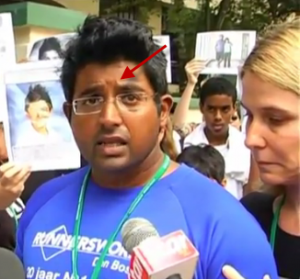Many people have had very emotional reactions to situations that have taken place at work. Some of those might be good, some bad, but no one want to have the infamous “mental breakdown” or “emotional snap” that can destroy you (if even just temporarily) as well as your professional & personal relationships.
The Wall Street Journal reports that there is a stigma attached to emotional responses in the workplace. Experts have long claimed that emotional suppression is not healthy for the well-being of the individual as well as their work performance.
So what should you do?
Be attuned to what your emotional triggers are, so your responses—even in more extreme cases—can be predictably managed.
People tend to mimic the strong emotions around them, according to Sigal Barsade, a professor of management at the University of Pennsylvania’s Wharton School, so don’t vent at work; if necessary, go home.


 BBC has reported on the Pentagon’s growing interest in the neurobiology of political violence, a relatively new field that combines neuroscience with more traditional social science-based approaches to understanding human behavior.
BBC has reported on the Pentagon’s growing interest in the neurobiology of political violence, a relatively new field that combines neuroscience with more traditional social science-based approaches to understanding human behavior.